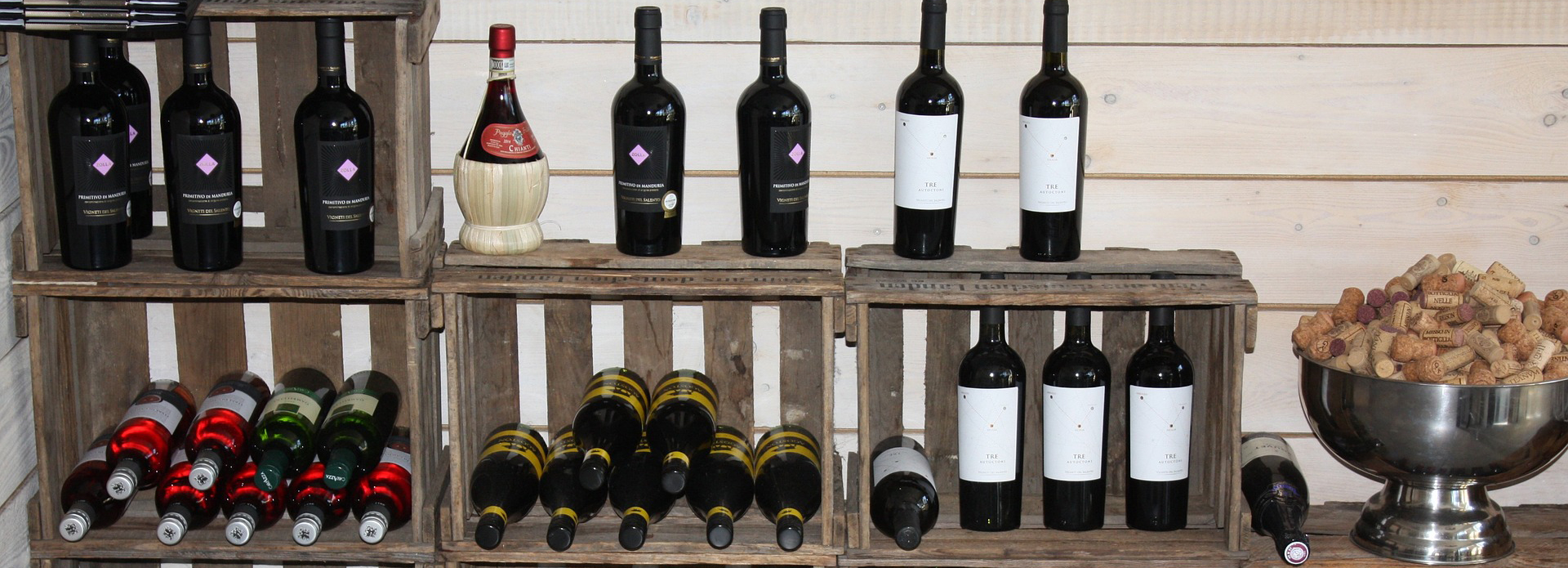I think we can all agree that one of the more surprising news stories of this past year was all that bulk-buying and hoarding, mainly of bathroom tissue. Just… kind of strange. Here at Art of Brewing, we can think of better things to hoard – although we like to call a full cellar of wine “a collection”. It just sounds classier!

When you bring your order home from Art of Brewing, it’s important that you store that wonderful wine properly. Bottled wines are dramatically affected by the environment in which they are stored. In fact, proper storage conditions are so important in ensuring that your wine is at peak quality when opened, they should really be considered the “last unwritten step” of the wine making process. So, we’re writing it here!

The first question is, what type of wine are you storing? Some wines are more susceptible than others to poor storage conditions. Generally, white wines are more frail than reds – particularly off-dry whites and champagnes. Grape variety can also make a difference: for example, Cab Sauv wines are generally more resilient than Pinot Noirs. However, no matter the wine, it always pays to minimize the risks associated with bottle storage. Here’s a few factors to consider:
Temperature:
Constant temperature is the key. By causing the wine inside the bottle to expand and contract, temperature swings can rapidly ruin bottled wine. The ideal cellar temperature for your wine is between 7-13 degrees Celsius. At lower temperatures, maturation is slowed, although more complexity is allowed to develop. (Wine can be safely stowed within a degree or two of freezing, but it would take decades to develop). On the other hand, wines can be stored up to 20 degrees (about room temperature), where they will mature quite rapidly. Higher temperatures than this can quickly damage the wine, however.
Light:
Sunlight and ultraviolet light (i.e. fluorescent lamps) are as bad for wine as excessive heat; but these problems are usually easier to overcome. Though most wines are protected to some degree by coloured glass bottles, it’s still a good idea to place wines in areas out of direct light or, failing that, to cover them with a blanket.

Humidity:
Some degree of humidity is beneficial for long term storage, to ensure that the exposed end of the cork doesn’t dry out and allow oxygen into the bottle. Beware of air conditioners, though, as they actually suck moisture out of the air. Ideally, relative humidity should be between 60-75% (usually not a problem on Vancouver Island!). Humidity higher than that can encourage mould growth in your storage area (and could start to deteriorate your labels!).
Movement:
Wine does not take well to constant movement or vibration (particularly if there is sediment present), thus a secure storage space is a must. Don’t put your bottles next to the washing machine, or in a storage area where they will have to be moved often to reach other items. Secure storage should also mean storing bottles horizontally, allowing constant contact of the wine with the cork, thus preventing the cork from drying out and letting air in. It should also be mentioned that, as we do experience mild earthquakes from time to time in this part of the world, you may want to do some sort of earthquake-proofing in your wine cellar. Call it an ounce of prevention!

A simple check of all environmental influences in or near your wine storage area is advised. For example, areas such as garages or attics, which seem cool, may be subject to temperature fluctuations due to lack of insulation. A good option is to insulate a small room, large cupboard or area under the stairs, as long as there’s no heat source like a water pipe or hot water tank nearby. Periodically checking the area with a thermometer is a good idea.

Allowing for the ageing of your finished wine in an environment which helps to preserve its finer qualities will pay big dividends in ensuring that you will have the best wine possible to enjoy with your friends and family!